Known as the Celtic Curse, rosacea is a chronic inflammatory skin condition. Redness and flushing across the nose and cheeds are classic signs however it can also affect the eyes, ears, neck and chest. Women are more likely to be affected than men. While there is no effective conventional treatment plan, diet and lifestyle changes along with effective natural topical treatments are showing great promise.
If not managed, rosacea tends to get worse over time however it does go through periods of acute flare up and then lessening symptoms. The condition starts out as mild to moderate flushing and redness, often set off by exercise, changes in temperature and cleansing. It then progresses to semi-permanent erythema (redness) and dilation of blood vessels on the face. Red bumps and pustules as well as gritty eyes and burning sensations may also manifest.
Genetic and environmental factors are thought to contribute to the development of rosacea however there is no clear cut relationship. The current theory is that chronic damage to the blood vessels on the face leads to swelling and ongoing dilation which give the flushed appearance. Localised immune responses and inflammation then activate pustules. Rosacea sufferers may also develop over-grown sebaceous glands which contribute to cyst formation. Damage from the sun is definitely a contributing factor.
Triggers of acute attacks include. Commonly these include:
* Exposure to sunlight
* Hot foods and drinks particularly caffeine containing beverages
* Spicy foods and those high in histamine
* Alcohol
* Extremes in temperature from hot showers, weather, heating, air-conditioning and strenuous exercise
* Stress and blushing from embarrassment
* Corticosteroids
* Drugs that dilate the blood vessels including some blood pressure medications
A survey conducted by the National Rosacea Society indicated that skin care products that contain alcohol and synthetic fragrance as well as some essential oils such as eucalyptus and peppermint are more likely to aggravate rosacea (1). Other potential topical irritants include acne and wrinkle treatments such as microdermabrasion, benzoyl peroxide and chemical peels.
The key to the management of rosacea is to minimise exposure to anything that causes a flare up. A good way to establish which factors trigger a skin reaction is to keep a rosacea diary and note down any direct associations noticed. Avoiding triggers is an important way to help slow the onset of the condition but is unlikely to cause remission except in mild cases.
Other suggestions for avoiding flare ups include wearing sunscreen with a SPF of at least 15 will help to protect the skin from sun damage. Use sunscreens based on zinc oxide rather than chemical filters. A hat will also help to minimise sun exposure. Avoid temperature extremes such as going from a heated room out into the cold air or from air-conditioning into hot weather. Hot showers and overheating may also trigger a skin reaction. Also avoid any cosmetic or skin care products with alcohol or any that cause redness, stinging sensations or irritation.
Due to the enlarged sebaceous glands with rosacea there is a greater tendency for congestion. From a skin care perspective, use light or gel based moisturisers as heavier creams may have a comedogenic effect and clog pores. Many people are tempted with oily or congested skin to use strong foaming cleansers which often contain sodium lauryl sulphate (SLS). Rosacea is already associated with damage to the endothelium and so foaming agents containing SLS should generally be avoided as they may increase irritation and further reduce skin integrity. Cleansers that contain Aloe vera or liquid castile soap are more gentle options.
Application of liquid foundation may also contribute to skin reactions. Cosmetically, mineral based make up such as those containing zinc or titanium dioxide are ideal as they cover redness without congesting pores. However, it is important to avoid any mineral make up that contains talc as again this will promote congestion. Topical Treatment Options
Key areas to target with topical treatment include reducing inflammatory and immune responses and increasing blood vessel integrity. One herbal ingredient that is gaining popularity as an effective topical treatment for rosacea is Centella asiatica or Gotu kola. Therapeutically, Centella has been used as a tonic and connective tissue strengthening herb. Recent studies have shown Centella asiatica may have a positive effect on the circulatory system and may improve blood flow throughout the body by strengthening the veins and capillaries. This effect in particular is good for those that suffer from broken surface capillaries on their face and also for rosacea sufferers. By improving the integrity of the facial capillaries Centella works to reduce the "flushing effect". Other un-researched ingredients that have been used effectively with rosacea include comfrey to strengthen skin tissues, marine nutrients (kelp) to reduce inflammation and calendula for its healing qualities. Recommended Dietary Changes
From a dietary perspective a high fat, high sugar (processed foods) diet will contribute to inflammation. Avoiding foods high in saturated and trans fats and simple sugars will help to reduce this effect which will also minimise localised skin inflammation. Foods that commonly contain trans or saturated fats include milk, milk products, margarine, shortening and other synthetically hydrogenated oils as well as fried foods. It is also advisable to avoid the foods that are likely to directly cause flushing such as alcohol, coffee, hot beverages and spicy foods. Avoiding simple sugars and highly processed foods also helps avoid the over-secretion of insulin, which occurs in response to raised blood sugar levels and is linked with systemic inflammation.
There is some research to suggest that low gastric acid levels in people with rosacea may contribute to the development or progression of the condition. Some rosacea patients have responded well to hydrochloric acid supplementation. Low stomach acid is also more likely to be associated with Helicobactor pylori (H. pylori). Supporting this theory is the finding that levels of H. pylori have been found to be higher in rosacea sufferers. A breath test can be used to test for H. pylori to establish if it is a contributing factor.
An important factor in the treatment of rosacea is the use of essential fatty acids. They work to improve skin moisture and appearance by reducing skin inflammation. Good sources of essential fatty acids include deep sea fish such as tuna, salmon and mackle as well as nuts and seeds. Flax oil and fish oil capsules are suitable alternatives if dietary intake is insufficient. Zinc is also important for skin repair and inflammation control. Good dietary sources of zinc include lean beef, whole grains, sunflower and pumpkin seeds.
Rosacea is a condition that can be managed with time and care. While there are no miracle cures with this condition, avoidance of triggers, gentle skin care and a whole food diet will help reduce acute attacks as well as the progression of rosacea.

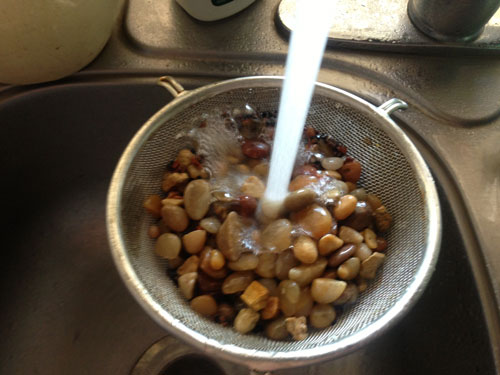 How to Get Rid of Cloudy Aquarium Water
Occasional cloudy water is an issue for nearly all aquarists
How to Get Rid of Cloudy Aquarium Water
Occasional cloudy water is an issue for nearly all aquarists
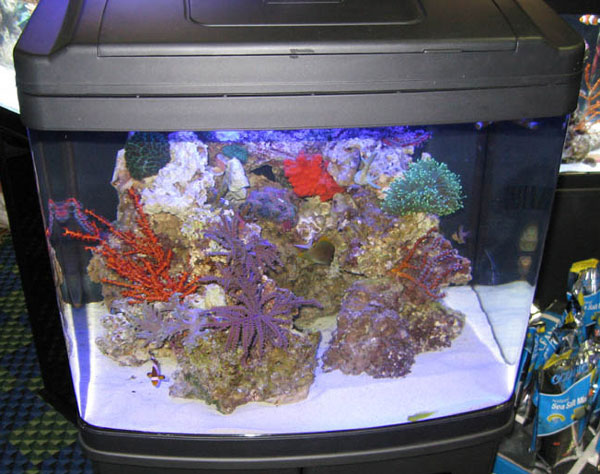 Marine Nano Tank Problems
Marine Nano Tank Problems
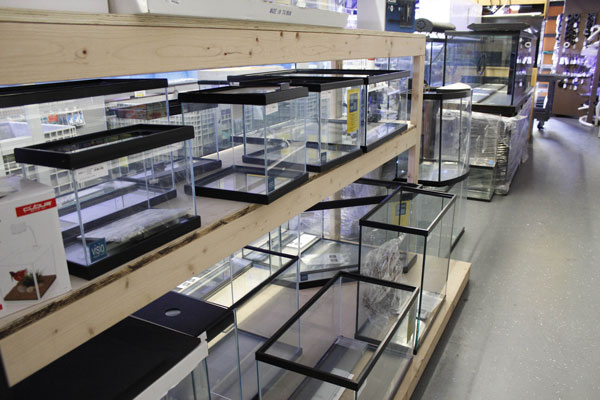 Five Tips for Freshwater Aquarium Success
You spent countless hours researching the latest products to
Five Tips for Freshwater Aquarium Success
You spent countless hours researching the latest products to
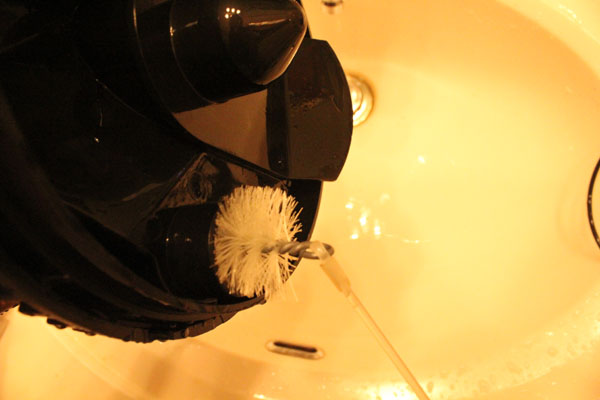 How to Maintain Your Aquarium Filter
Aquarium filtration saw monumental advances in technology du
How to Maintain Your Aquarium Filter
Aquarium filtration saw monumental advances in technology du
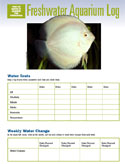 Aquarium maintenance logs for freshwater, saltwater and reefkeeping aquarists
Thank you for signing up for the FishChannel newsletter, the
Aquarium maintenance logs for freshwater, saltwater and reefkeeping aquarists
Thank you for signing up for the FishChannel newsletter, the